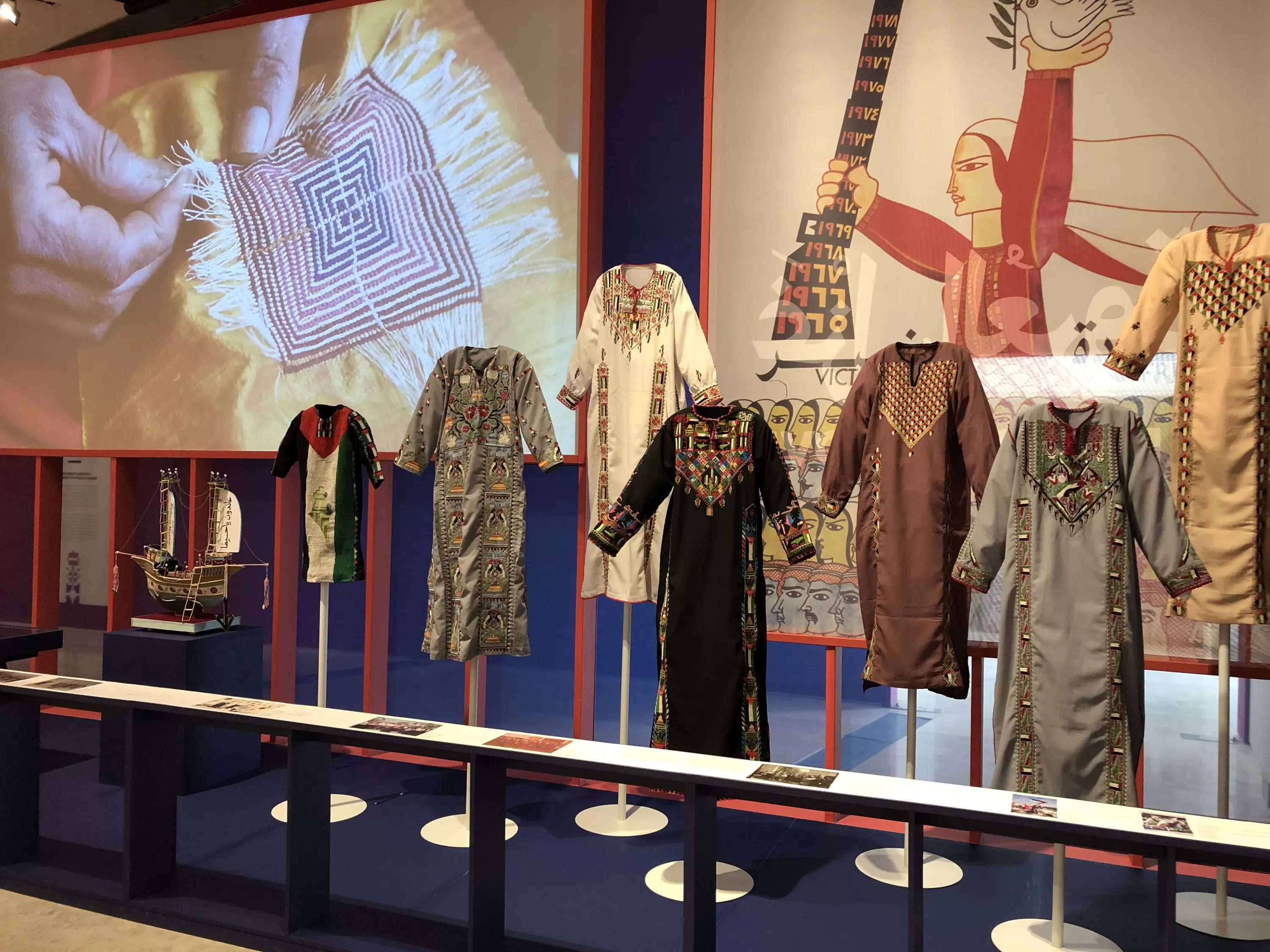
The Intifada and the National Dimension of Palestinian Embroidery
Interactive Discussion
Speaker: Dr. Islah Jad
Wednesday, 2 May | 17:30 - 18:30
When the first intifada broke out in 1987 Palestinian embroidery was used as an effective weapon and a new means of resistance. In response to the Zionist occupation’s confiscation of Palestinian flags during demonstrations, and its prohibition against the display of the flag’s colours in public spaces, women of the West Bank began to produce “intifada gowns”, adorning their grey, blue and black cloth with embroidered national designs and symbols as visual representations of their resistance. Thus despite the view of embroidery as a distinctly feminine concern, its identification with resistance gave women the opportunity to challenge their traditional roles and assume new ones. Similarly resistance through embroidery offered the opportunity to do away with class distinctions among women, and to turn women with no social or political privileges into active and influential participants in resistance efforts.
The intifada gowns and the narratives of the women who embroidered them, presented in the Labour of Love exhibition at the Palestinian Museum, will constitute the starting point of a discussion led by Dr Islah Jad. The discussion will delve into the national dimension of embroidery from a woman’s perspective, and will seek to comprehend the role of women in resistance during the 1987 intifada, and the contradictory effects of that intifada on women and the women’s movement, in addition to understanding the national dimension of the activities of women who continue to embroider professionally in Palestine, Lebanon and Jordan, women whose narratives are rarely recognised in the context of national struggle.
The talk will be in Arabic.